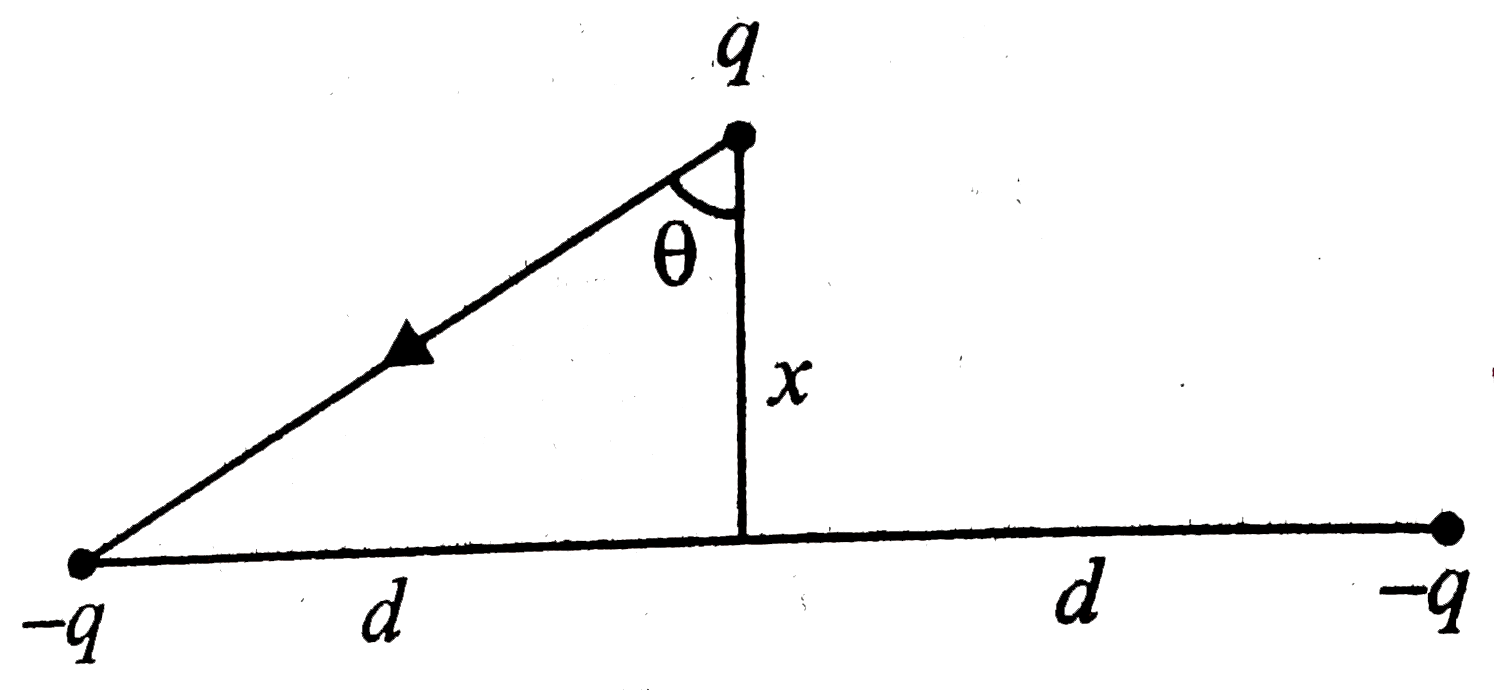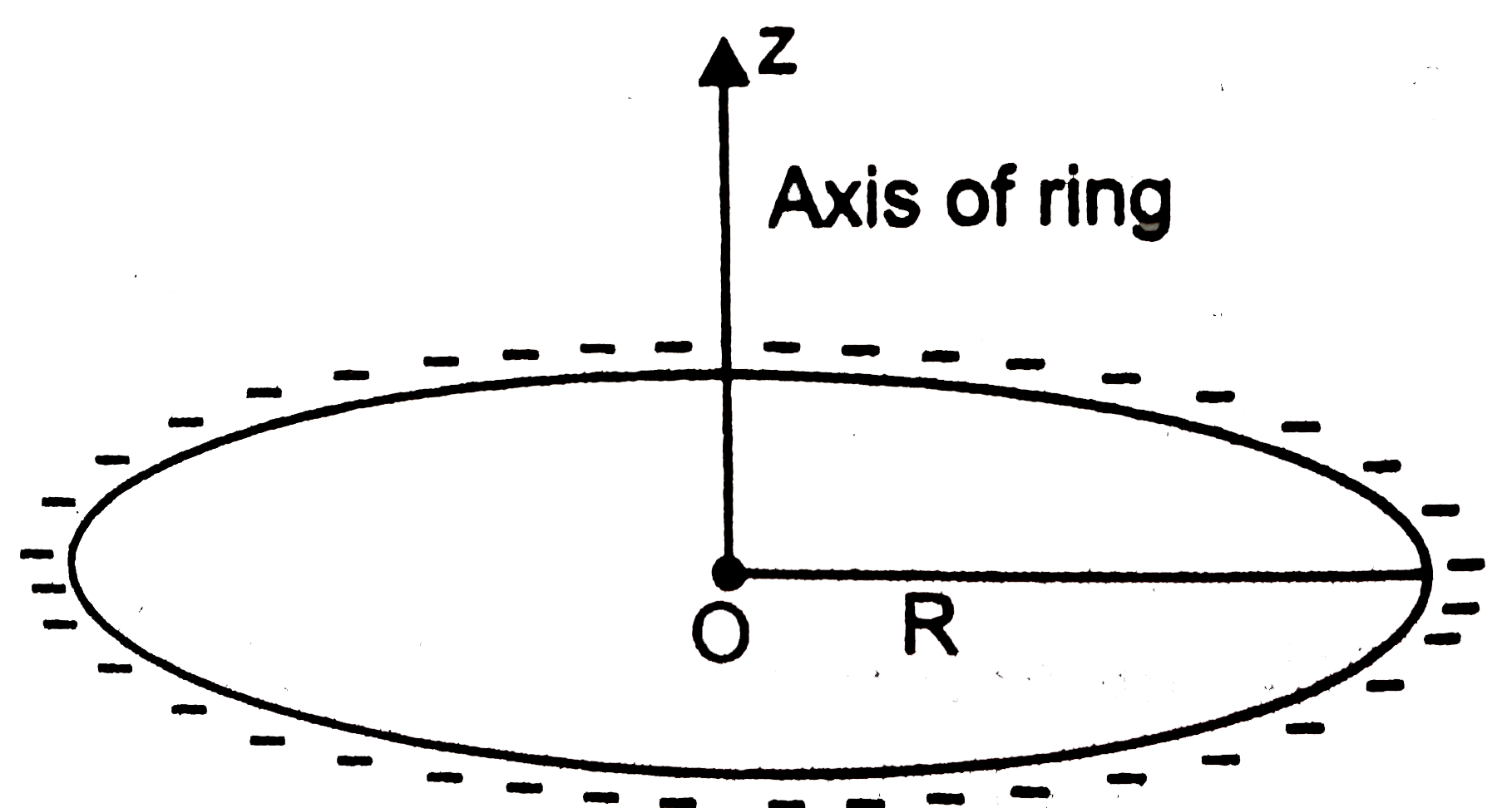Complete Solutions to Long Answer Type Question of chapter ELECTRIC CHARGES AND FIELD of Class 12 book with complete answers and questions
| Class 12 | PHYSICS |
| Chapter | ELECTRIC CHARGES AND FIELD |
| NCERT EXEMPLAR | Long Answer Type Question |
| Number Of Questions | 6 |
| Academic Year | 2023-24 |
In 1959 Lyttleton and Bondi suggested that the expansion of the universe could be explained if matter carried a ent charge. Suppose that the universe is made up of hydrogen atoms with a number density N, which is maintained a constant. Let the charge on the proton be `e_(p)=-(1+y)e` where e is the electronic charge.
(a). find the critical value of y such that expansion may start. ltBrgt (b) show that the velocity of expansion is proportional tot he distance from the centre.View SolutionConsider a sphere of radius R with harge density distributed as p(r)=kr fro `r le R=0` for `r gt R`.
(a). Find the electric field as all points r.
(b) Suppose the total charge on the sphere is 2e where e is the electron charge. Where can two protons be embedded such that the force on each of them is zero. Assume that the introduction of the proton does not alter the negative charge distribution.14:28View SolutionTwo fixed, ideantical conducting plates `(alpha and B)`, each of surface area S are charged to -Q and q, respectively, where Qgtqgt0. A third identical plate `(gamma)`, free to move is located on the other side of the plate with charge q at a distance d (figure). the third plate is released and collides with the plate `beta`. Assume the collision is elastic and the time of collision is sufficient to redistribute charge amongst `beta and gamma`.
(a). Find the electric field acting on the plate `gamma` before collision. ltBrgt (b) Find the cahrges on `beta and gamma` after the collision.
(c) Fid the velocity of the plate `gamma` after the collision and at a distance d from the plate `beta.`
 View Solution
View SolutionThere is another useful system of units, besides the SI/MKS. A system, called the CGS (centimeter-gram-second) system. In this system, coulomb's law is given by `F=(Qq)/(r^(2))hatr`
where the distance r is measured in `cm(=10^(-2)mu)`, F in dynes `(=10^(-5)N)` and the charges in electrostatic units (es units), where 1 es unit of charge `=(1)/([3])xx10^(-9)C`. The number [3] actually arises from the speed of light in vaccum which is now taken to be exactly given by `c=2.99792458xx10^(8)m//s`. An approximate value of c, then is `c=3xx10^(8)m//s`.
(i). Show that the coulomb's law in CGS units yields 1 esu of charge `=1("dyne")^(1//2)`cm. Obtain the dimensions of units of charge in terms of mass M, length L and time T. Show that it is given in terms of fractional powers of M and L.
(ii) Write 1 esu of cahrge `=xC`, where x is a dimensionless number. Show that this gives `(1)/(4epsi_(0))=(10^(-9))/(x^(2))(Nm^(2))/(C^(2))`. With `x=(1)/([3])xx10^(-9)`, we have
`(1)/(4piepsi_(0))=[3]^(2)xx10^(9)(Nm^(2))/(C^(2)),(1)/(4piepsi_(0))=(2.99792458)^(2)xx10^(9)(Nm^(2))/(C^(2))` (exactly)View SolutionTwo charges `-q` each are fixed separated by distance 2d. A third charge q of mass m placed at the mid-point is displaced slightly by `x (xltltd)` perpendicular to the line joining the two fixed charges as shown in Fig. Show that q will perform simple harmonic oscillation of time period.
`T = [(8pi^(3) in_(0) md^(3))/(q^(2))]^(1//2)`
 06:21View Solution
06:21View SolutionTotal charge `-Q` is uniformly spread along length of a ring of radius R. A small test `+q` of mass m is kept at the center of the ring .
(a) Show that the particle executes a simple harmonic oscillation.
(b) Obtain its time period.
 06:31View Solution
06:31View Solution
Long Answer Type Question questions and complete solutions for chapter ELECTRIC CHARGES AND FIELD of NCERT PHYSICS (ENGLISH) of Class 12
